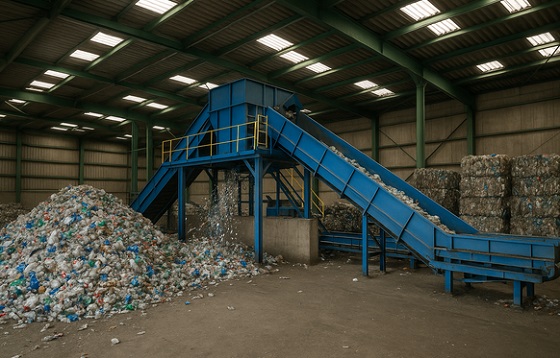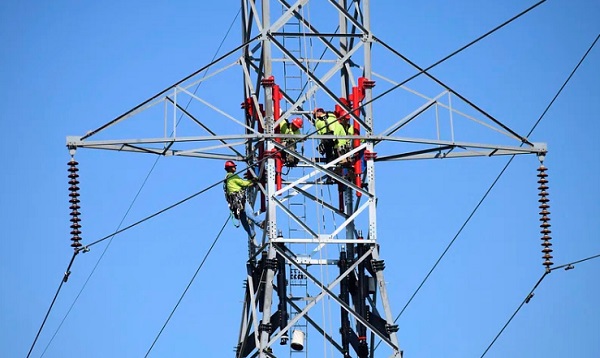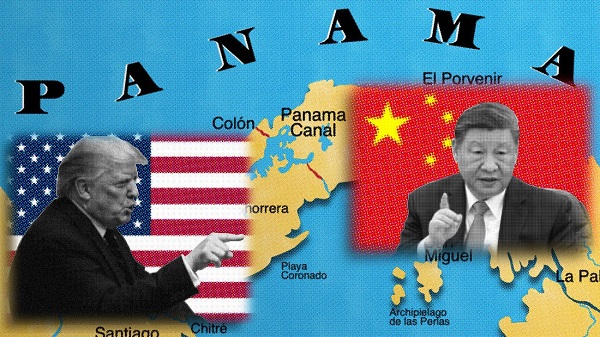Energy
Oil and gas in our lives: Women’s World Cup of Soccer

Players react moments after Australia’s forward #16 Hayley Raso (unseen) scored her team’s second goal during the Australia and New Zealand 2023 Women’s World Cup Group B football match between Canada and Australia at Melbourne Rectangular Stadium on July 31, 2023. Getty Images photo
This article from Shawn Logan of the Canadian Energy Centre Ltd.
‘The beautiful game’ wouldn’t look the same without petroleum products
The Adidas OCEAUNZ, official ball of the 2023 Women’s World Cup of Soccer, soars through the air, its polyurethane skin a blur as it arcs toward the goal.
The goalie makes a desperate dive across the emerald green natural turf – strengthened at the root for durability by flexible polypropylene fibres – to make the stop.
The ‘keeper’s hands, sheathed in high-tech gloves made primarily from latex and polyurethane, reach for the streaking ball.
The crowd leaps up from their moulded plastic seats as the ball hits the back of the net, an interlacing spiderweb most commonly made from polyethylene or nylon.
As soccer fans prepare for the Women’s World Cup final in Australia and New Zealand, it’s difficult to imagine how different the event, which is expected to be viewed by a staggering 2 billon people around the world, would look and feel without products derived from oil and gas.
At field level, nearly every practical aspect of the game relies on or is impacted by petroleum-based gear.
From the synthetic leather turf cleats and polyester jerseys to the players’ benches, water bottles and medical equipment that adorn the sidelines, all are made possible from the contributions of oil and gas products.
When a referee flashes a yellow or red card, it’s often made from a sturdy polyvinyl chloride, more commonly known as PVC.
Extending beyond the field, that trend continues.
From plastic spectator seating to polycarbonate scoreboards to advertising placards in and around the arena, all are thanks to the contributions of oil and gas. The event lights that encircle the arenas and the broadcasting equipment that allow the world to cheer their countries also rely heavily on products derived from petroleum.
Even the competing nations’ flags that drape the facilities are made from nylon and polyester.
With an expected 1.5 million spectators taking in the action in Australia and New Zealand, most will have had to travel by air or vehicle, which largely require oil and gas to operate.
And when Canada’s women return home – unfortunately without the result they wanted (Tokyo’s Olympic gold medal helps to ease the pain a bit) – they’ll arrive on an airplane built with light-weight polymers and carbon fibre that will touch down on a smooth runway made of asphalt and concrete, neither of which would be possible without oil and gas.
So while some may yearn for a return to the days of less aerodynamic leather balls, heavy cotton jerseys and fragile natural turf, the impact on “the beautiful game” would be enormous.
Business
BUILD CANADA NOW: An Open Letter to the Prime Minister of Canada from Energy Leaders

From EnergyNow.Ca
We can strengthen economic sovereignty and resilience: Unlock private-sector investment, responsibly develop our world-class natural resources, support climate action
The Rt. Hon. Mark Carney, PC, MP
Prime Minister of Canada
Dear Prime Minister Carney,
On behalf of Canada’s leading energy companies, please accept our congratulations on your election victory and appointment as Canada’s new Prime Minister.
This moment marks not only the first chapter for your government, but also a vital opportunity for our nation to come together around shared goals and build the trust necessary to get big things done. Together we can Build Canada Now and strengthen economic sovereignty and resilience, by unlocking private sector investment, through responsibly developing Canada’s world class natural resources and supporting climate action to reduce emissions. As business leaders in Canada, we look forward to working constructively with you and your cabinet to achieve our energy sector’s potential and our shared goal to position our country as a global energy superpower.
For context, global prosperity will continue to rely on oil and natural gas for decades to come. Regardless of whether absolute global demand will grow or weaken over time, the natural decline of oil and natural gas production requires ongoing investment to replace that decline. Without continued investment, global supply could fall by more than half within 10 years—the question is, in what producing countries will investment occur, and the economic benefits realized? With abundant resources, a strong commitment to environmental stewardship and responsible energy production, it should be Canada, and it should be now. Canada can be a global energy leader and secure long-term economic prosperity.
We have reviewed your platform for governing Canada, particularly your ambition of building the fastest growing economy in the G7. As a major contributor to the Canadian economy, with significant untapped potential, the energy sector must play a pivotal role in your pursuit of this ambition. Growth in the Canadian oil and natural gas sector supports GDP growth, job creation, and tax revenue. Your focus on fostering energy independence and enhancing Canada’s energy infrastructure and clean technology, requires major sector investment and globally competitive energy and carbon policies. Over the last decade, the layering and complexity of energy policies has resulted in a lack of investor confidence and consequently, a barrier to investment – especially when compared to the United States, which is taking steps to simplify its permitting process.

In March, a subset of us wrote to you and the other federal leaders, outlining an urgent action plan needed to support ongoing and future investment from the energy sector in Canada. We note that many of these issues were talked about in your campaign and are of growing interest for Canadians as is evidenced by recent polling. The bullets below reflect our earlier action plan. Beneath each statement we have described opportunities to work together to deliver on our shared objectives.
- “Simplify regulation. The federal government’s Impact Assessment Act and West Coast tanker ban are impeding development and need to be overhauled and simplified. Regulatory processes need to be streamlined, and decisions need to withstand judicial challenges.”
- Current regulatory processes are complex, unpredictable, subjective, and excessively long. These processes inhibit the ability of industry to make timely investments, add unnecessary costs and create uncertainty within capital markets. Aligned with your proposal to streamline the approval process, industry is committed to working with your government to ensure Canada can grow exports of oil and natural gas to other regions.
- “Commit to firm deadlines for project approvals. The federal government needs to reduce regulatory timelines so that major projects are approved within 6 months of application.”
- Your proposal to have all federal regulatory authorities complete reviews of nationally significant projects within a two-year timeframe is a positive step, but insufficient. In our opinion, two years is still too long of a period for review and we must target a 6-month approval process to bring capital back to Canada. Additional clarity with regards to provincial jurisdiction is required. We believe that we can work together to accelerate this even further to accomplish urgent economic growth, while maintaining environmental standards and addressing Indigenous rights.
- “Grow production. The federal government’s unlegislated cap on emissions must be eliminated to allow the sector to reach its full potential.”
- We continue to believe the federal government’s cap on emissions creates uncertainty, is redundant, will limit growth and unnecessarily result in production cuts, and stifle infrastructure investments. Together, we can drive investment into emissions reductions by simplifying the regulatory regime, establishing an attractive fiscal environment, and ensuring carbon policies protect our export industries.
- “Attract investment. The federal carbon levy on large emitters is not globally cost competitive and should be repealed to allow provincial governments to set more suitable carbon regulations.”
- Recognizing the global nature of oil and natural gas, industry needs clear, competitive, and durable fiscal frameworks, including carbon policy and associated costs, sufficient to secure the required capital and incentivize investment in the sector. The current federal price and stringency trajectory results in uncompetitive costs compared to those we compete with to deliver our products to market. Additionally, the potential benefits of a federal approach, like consistency across jurisdictions and connected carbon markets, has failed to materialize. A solution is to revert back to the functioning system where provinces administer the policies and pricing to enable emissions-reduction investments, improve emissions performance, and maintain competitiveness.
- “Incent Indigenous co-investment opportunities. The federal government needs to provide Indigenous loan guarantees at scale so industry may create infrastructure ownership opportunities to increase prosperity for communities and to ensure that Indigenous communities benefit from development.”
- Your intention of doubling Indigenous Loan Guarantee Program to $10 billion to support infrastructure ownership opportunities and increase prosperity for communities is aligned with our earlier recommendation. That being said, Indigenous loan guarantee programs are only effective if Canada fosters a competitive investment environment. We look forward to working with you on this initiative to grow the prosperity of Indigenous communities and earn their support for our shared ambitions.
The time is now to take action, signaling to the global investment markets that Canada is ready to move forward with achieving our shared vision of Canada as a leading global energy superpower.
We know the decisions in the coming months will have a lasting impact on Canada’s economic sovereignty, economy and global position, and that each of us—governments, industry, and Canadians—has a role to play. We can’t do it without each other.
The energy industry looks forward to working together, with you and your government, on an urgent basis, for the benefit of this country and Canadians nationwide.
Regards,



Canadian Energy Centre
Canada’s energy leaders send ‘urgent action plan’ to new federal government
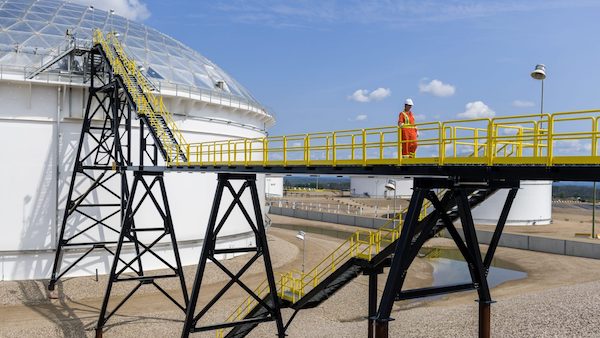
From the Canadian Energy Center
38 oil and gas CEOs sign list of shared objectives, opportunities to work together
The CEOs of 38 of Canada’s largest energy companies have a message for the new federal government: after all the discussion on the campaign trail about the need to flex Canada’s role as a global energy superpower, the time is now to take action.
Heads of pipeline majors including Enbridge, TC Energy, Pembina and Inter Pipeline, chiefs of producers such as Canadian Natural Resources, Suncor Energy, Cenovus Energy, Tourmaline and ARC Resources released a joint letter to Prime Minister Mark Carney on April 30 with their “urgent action plan.”
The plan reflects a similar letter sent before the election from 14 heads of industry.
With the list of names more than doubling, the CEOs added their view of opportunities to work together with the federal government “to deliver on our shared objectives.”
“Many of these issues were talked about in your campaign and are of growing interest for Canadians as is evidenced by recent polling,” they wrote.
Here are their five priority areas:
1. Simplify regulation: The federal government’s Impact Assessment Act and West Coast tanker ban are impeding development and need to be overhauled and simplified. Regulatory processes need to be streamlined, and decisions need to withstand judicial challenges.
2. Commit to firm deadlines for project approvals: The federal government needs to reduce regulatory timelines so that major projects are approved within six months of application.
3. Grow production: The federal government’s unlegislated cap on emissions must be eliminated to allow the sector to reach its full potential.
4. Attract investment: The federal carbon levy on large emitters is not globally cost competitive and should be repealed to allow provincial governments to set more suitable carbon regulations.
5. Incent Indigenous co-investment opportunities: The federal government needs to provide Indigenous loan guarantees at scale so industry may create infrastructure ownership opportunities to increase prosperity for communities and to ensure that Indigenous communities benefit from development.
-
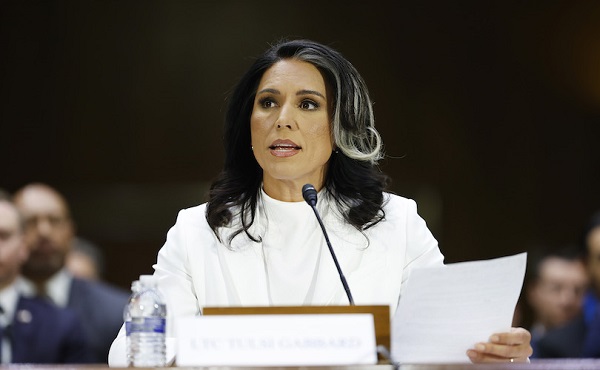
 COVID-192 days ago
COVID-192 days agoTulsi Gabbard says US funded ‘gain-of-function’ research at Wuhan lab at heart of COVID ‘leak’
-

 Business1 day ago
Business1 day agoCarney poised to dethrone Trudeau as biggest spender in Canadian history
-

 2025 Federal Election1 day ago
2025 Federal Election1 day agoMark Carney vows to ‘deepen’ Canada’s ties with the world, usher in ‘new economy’
-
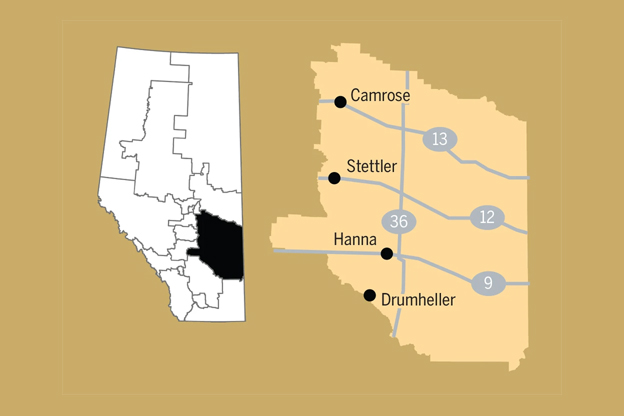
 Alberta1 day ago
Alberta1 day agoPierre Poilievre will run to represent Camrose, Stettler, Hanna, and Drumheller in Central Alberta by-election
-
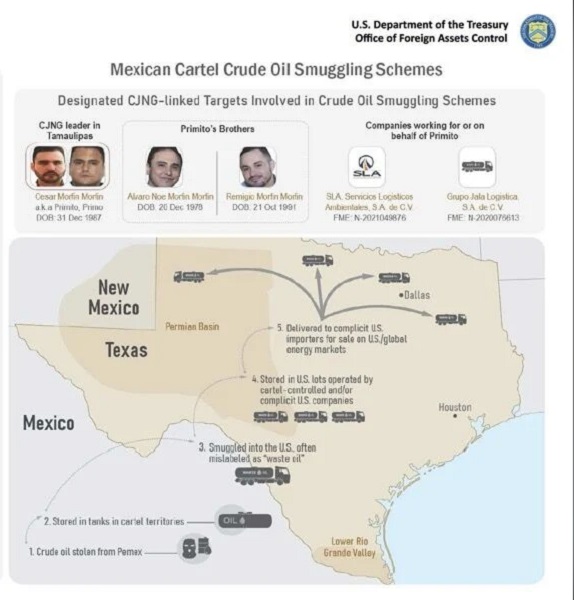
 Crime1 day ago
Crime1 day agoMexican Cartels smuggling crude oil in Texas, Southwest border
-

 Business2 days ago
Business2 days agoTop Canadian bank ditches UN-backed ‘net zero’ climate goals it helped create
-

 Alberta8 hours ago
Alberta8 hours agoBonnyville RCMP targeted by suspect driving a trackhoe
-

 Business1 day ago
Business1 day agoFederal government’s accounting change reduces transparency and accountability

